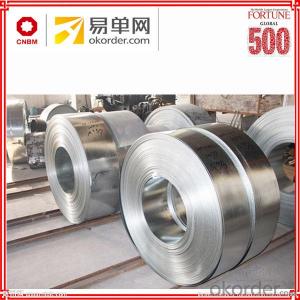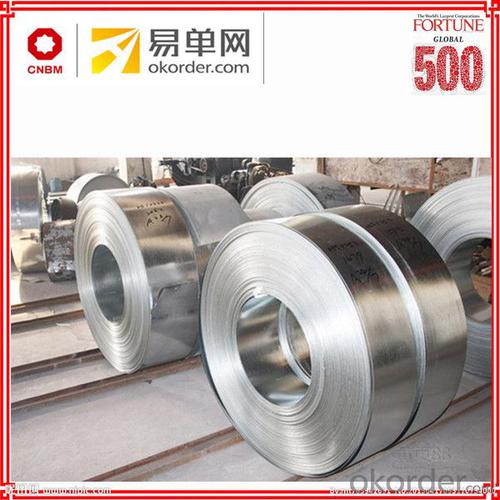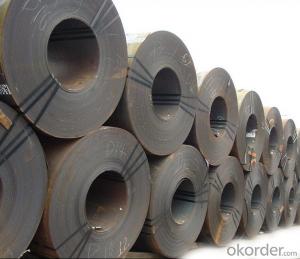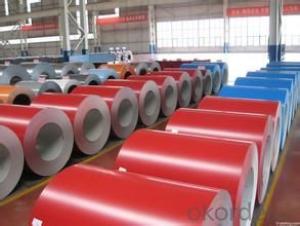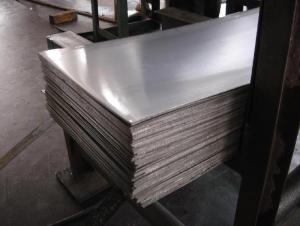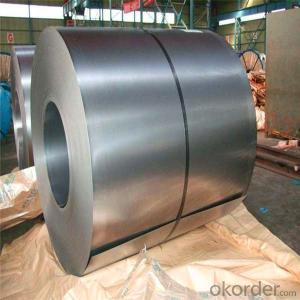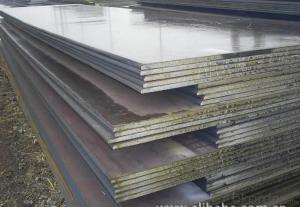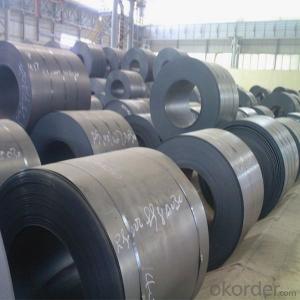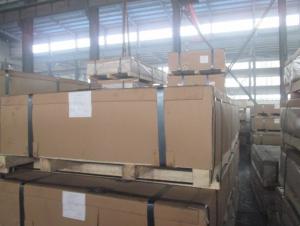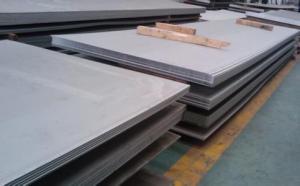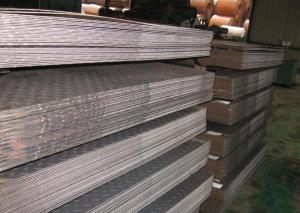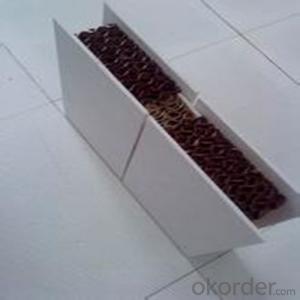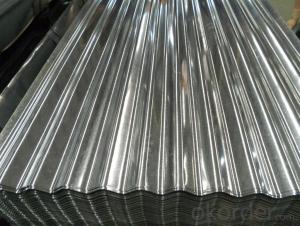Spcc cold rolled mild steel plate sheet in low price
- Loading Port:
- Tianjin
- Payment Terms:
- TT OR LC
- Min Order Qty:
- 50 m.t.
- Supply Capability:
- 58737 m.t./month
OKorder Service Pledge
OKorder Financial Service
You Might Also Like
Specification
Cold Rolled Steel coil is a mill product made with a high degree of gauge accuracy and uniformity of physical characteristics.
The smooth deoxidized matte finish gives an excellent base for paint, lacquer and enamel. Box annealing and absence of
scale permit stamping and moderate drawing operations. Sheets bend flat on themselves without cracking. Oiling protects
Surface against rust. The application of surface oil to cold rolled steel coil/sheet is intended to provide protection from corrosion
("rusting") during shipment and warehousing.
Standard and Grade :
Cold rolled steel coils | ||||
JIS G3141-2005 | EN10130-2006 | ASTM A1008-12a | ||
Commercial quality | SPCC | DC01 | CS Type A/B/C | |
Drawing quality | SPCD | DC03 | DS Type A/B | |
Deep drawing quality | SPCE SPCF(non aging) | DC04 | DDS | |
Extra deep drawing quality | SPCG(non aging) | DC05/06 | EDDS | |
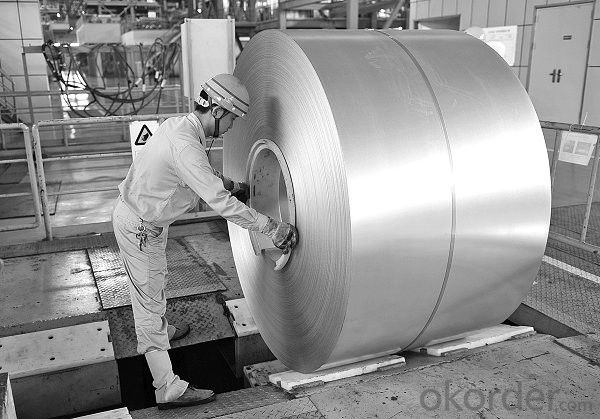
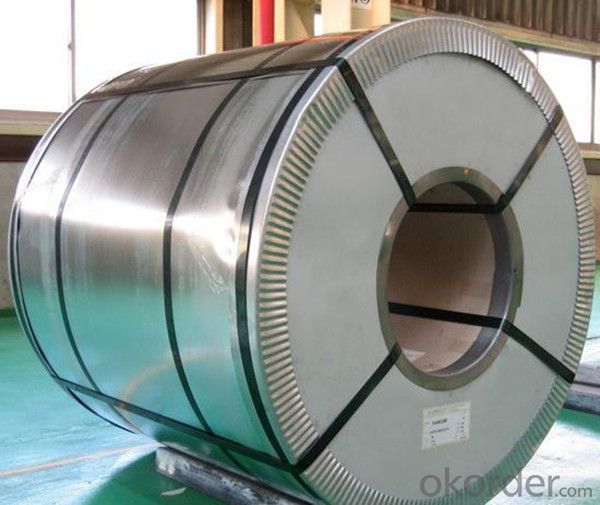
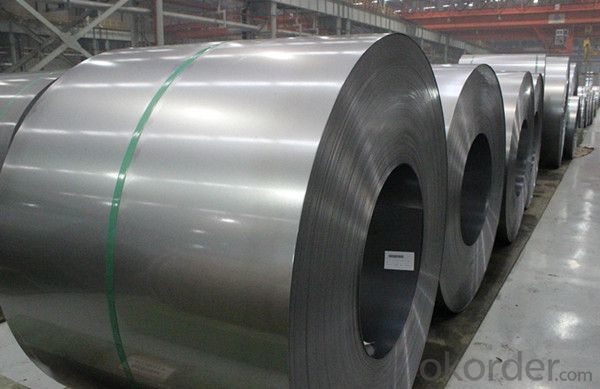
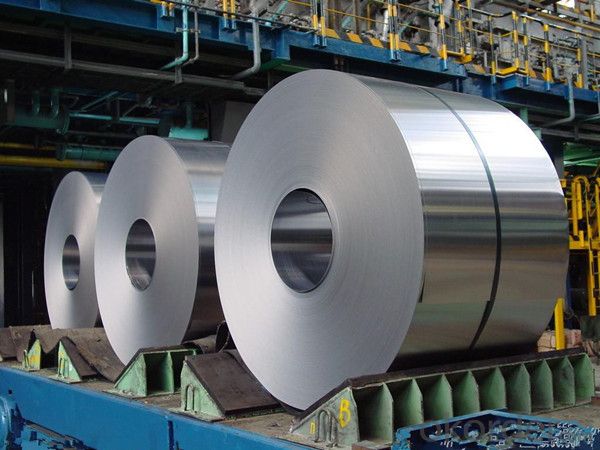
Application :
Automobile Industry, White Goods, Home Applicances, Oil & Air filters, semi product for coating with enamel or zinc, construction &
building sector, air-conditioning, furniture, radiators, tubes, profiles, mechanical construction, shelving, containers, drums
Packing:
Packaging Detail | The packing of coil consists of anti-damp paper ,PVC film ,hardboard paper , steel box , strapped with steel strips, fitted with locks and edge protectors and guarantees the optimal condition of the delivered goods. Each coil can be additionally fitted with wooden/steel skids(eye of the side) or wooden pallets(eye of the sky) |
Delivery Time | within 30 days of receipt of LC original or prepayment |
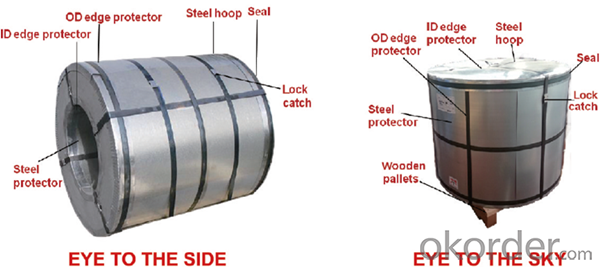
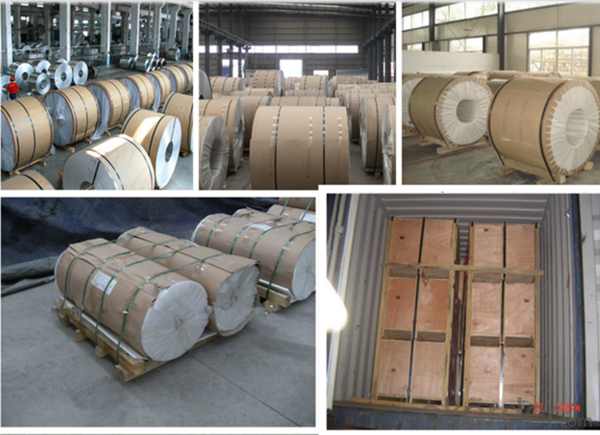
Our Services:
MOQ | FCL, 25 metric tons per 20GP, can be assorted with different sizes. |
LCL for trial order is acceptable. | |
Price Term | EX-WORK, FOB China Port, CNF, CIF |
Payment | T/T, 30% advanced payment before production and balance before shipment; OR Irrevocable L/C at sight. |
Delivery Time | within 30 days of receipt of LC original or prepayment |
FAQ:
1. Can you offer OEM to me? What about MOQ?
Of course, we are a professional with OEM manufacturer for 9 years. the MOQ can be 50 ton/ order.
2. How to guarantee the quality of the products?
We have established the international advanced quality management system,every link from raw material to final product we
have strict quality test;We resolutely put an end to unqualified products flowing into the market. At the same time, we will
provide necessary follow-up service assurance.
3. How long can we receive the product after purchase?
Usually within thirty working days after receiving buyer’s advance payment or LC. We will arrange the factory manufacturing
as soon as possible. The cargo readiness usually takes 15-25 days, but the shipment will depend on the vessel situation.
4.How Can I Get Some Sample?
We are honored to offer you free sample, but courier charges will be on your side.
- Q: How are steel sheets protected during storage in humid environments?
- Steel sheets are protected during storage in humid environments by applying a protective coating, such as a layer of oil or zinc, which acts as a barrier against moisture and prevents corrosion. Additionally, proper packaging and storage techniques, such as using moisture-absorbing materials and maintaining appropriate temperature and ventilation, are employed to minimize the exposure of steel sheets to humidity.
- Q: What is the maximum thickness of steel sheets?
- The maximum thickness of steel sheets can vary depending on various factors such as the type of steel, manufacturing process, and application. However, in general, steel sheets can range in thickness from a few millimeters to several centimeters.
- Q: Can steel sheets be used for manufacturing machinery parts?
- Yes, steel sheets can be used for manufacturing machinery parts. Steel is a strong and durable material that is commonly used in the manufacturing industry for various applications, including machinery parts. Steel sheets can be easily formed, cut, and welded to create complex shapes and structures required for machinery components. Additionally, steel offers excellent mechanical properties such as high tensile strength and resistance to wear, which are crucial for machinery parts that are subjected to heavy loads and frequent use.
- Q: What are the different sheet metal folding techniques for steel sheets?
- There are several sheet metal folding techniques that can be used for steel sheets. These techniques are commonly employed in various industries, such as automotive, aerospace, and construction, to create complex shapes and structures. Some of the most common sheet metal folding techniques for steel sheets include: 1. Box and Pan Folding: This technique involves bending the sheet metal along multiple parallel edges to create a box-like shape. It is commonly used to create enclosures, cabinets, and trays. 2. Hemming: Hemming is a technique used to fold the edges of a sheet metal component to increase its rigidity and eliminate sharp edges. It is often used in the automotive industry for creating panels and body parts. 3. Brake Press Folding: A brake press is a machine tool that utilizes a hydraulic or mechanical press to bend the sheet metal. It allows for precise and accurate folding by adjusting the angle and depth of the bend. Brake press folding is one of the most commonly used techniques in sheet metal fabrication. 4. Roll Forming: Roll forming is a continuous bending process where the sheet metal is passed through a series of rollers to gradually shape it into a desired profile. It is suitable for creating long and continuous shapes, such as tubes and channels. 5. Rotary Folding: In rotary folding, a rotating tool is used to fold the sheet metal along a curved or circular path. This technique is often used to create rounded edges, curves, and cylindrical shapes. 6. Folding Machines: Folding machines are specifically designed to fold sheet metal by applying pressure along a predetermined line. These machines can be programmed to perform various folding operations, including simple bends, complex shapes, and multiple folds. Each of these sheet metal folding techniques has its advantages and limitations, and the choice of technique depends on factors such as the complexity of the design, required precision, and production volume. Skilled craftsmen and specialized machinery are often employed to ensure accurate and efficient folding of steel sheets.
- Q: How do steel sheets compare to other materials like aluminum or plastic?
- Steel sheets offer several advantages over other materials such as aluminum or plastic. Firstly, steel is notably stronger and more durable than both aluminum and plastic. It possesses a higher tensile strength and can withstand significantly greater loads and impacts. As a result, steel sheets are more suitable for applications that demand high strength and structural integrity, like the construction, automotive, and aerospace industries. Secondly, steel exhibits greater resistance to extreme temperatures and fire compared to aluminum or plastic. With a higher melting point, steel sheets are less likely to deform or lose their structural integrity under high temperatures. This characteristic makes them ideal for applications involving exposure to heat or fire, such as industrial furnaces or fire-resistant structures. Moreover, steel sheets offer superior corrosion resistance when compared to aluminum or plastic. Steel can be coated with various protective layers like zinc or paint to prevent rusting and corrosion. Conversely, aluminum is prone to corrosion in specific environments, while plastic may degrade and become brittle over time. Consequently, steel sheets are a more reliable choice in applications where exposure to moisture or corrosive substances is a concern, such as marine environments or chemical processing plants. Lastly, steel sheets are more environmentally friendly than both aluminum and plastic. Steel is a recyclable material that can be reused indefinitely without losing its properties. On the other hand, aluminum recycling requires significantly more energy, and plastic has a known detrimental impact on the environment due to its slow decomposition. Therefore, for those seeking environmentally friendly options, steel sheets, being recyclable and sustainable, are the preferred choice. In conclusion, steel sheets surpass materials like aluminum or plastic in terms of strength, durability, resistance to extreme temperatures and corrosion, as well as being more environmentally friendly. However, the specific choice of material ultimately depends on the application requirements, cost considerations, and other factors.
- Q: Can steel sheets be used for automotive fuel tanks?
- No, steel sheets are not typically used for automotive fuel tanks due to their susceptibility to corrosion and weight compared to other materials like aluminum or plastic.
- Q: Are steel sheets resistant to bending or deformation?
- Yes, steel sheets are highly resistant to bending or deformation due to their inherent strength and rigidity.
- Q: What are the different methods of protecting steel sheets from graffiti?
- There are several methods for protecting steel sheets from graffiti, including applying anti-graffiti coatings, using sacrificial graffiti films, installing anti-graffiti barriers such as fences or screens, and implementing community engagement programs to discourage graffiti vandalism.
- Q: What are the different grades of steel used for manufacturing sheets?
- There are several different grades of steel used for manufacturing sheets, each with specific properties and applications. Some of the commonly used grades include: 1. Mild Steel (also known as low carbon steel): This is the most widely used grade of steel for manufacturing sheets. It has a low carbon content, making it easy to work with and relatively inexpensive. Mild steel sheets are used in a variety of applications, such as construction, automotive manufacturing, and general fabrication. 2. High-strength Low-alloy (HSLA) Steel: This grade of steel provides higher strength and improved corrosion resistance compared to mild steel. HSLA steel sheets are commonly used in heavy machinery, transportation equipment, and structural applications where strength is critical. 3. Galvanized Steel: Galvanized steel sheets are coated with a layer of zinc, which provides excellent corrosion resistance. These sheets are commonly used in outdoor applications, such as roofing, siding, and automotive parts. 4. Stainless Steel: Stainless steel sheets are highly resistant to corrosion and staining, making them suitable for a wide range of applications. They are commonly used in food processing equipment, medical devices, and architectural components. 5. Tool Steel: Tool steel sheets are specifically designed to have high hardness, wear resistance, and toughness. They are used for manufacturing cutting tools, dies, and molds. These are just a few examples of the different grades of steel used for manufacturing sheets. The choice of grade depends on the specific requirements of the application, such as strength, corrosion resistance, and cost.
- Q: Can steel sheets be used for staircase railings?
- Yes, steel sheets can be used for staircase railings. Steel is a durable and strong material that is commonly used in construction and engineering applications. Steel sheets can be fabricated into various shapes and designs to create stylish and modern staircase railings. They can be easily customized to suit different architectural styles and preferences. Additionally, steel railings are known for their longevity and low maintenance requirements, making them a popular choice for staircase installations.
Send your message to us
Spcc cold rolled mild steel plate sheet in low price
- Loading Port:
- Tianjin
- Payment Terms:
- TT OR LC
- Min Order Qty:
- 50 m.t.
- Supply Capability:
- 58737 m.t./month
OKorder Service Pledge
OKorder Financial Service
Similar products
Hot products
Hot Searches
Related keywords
